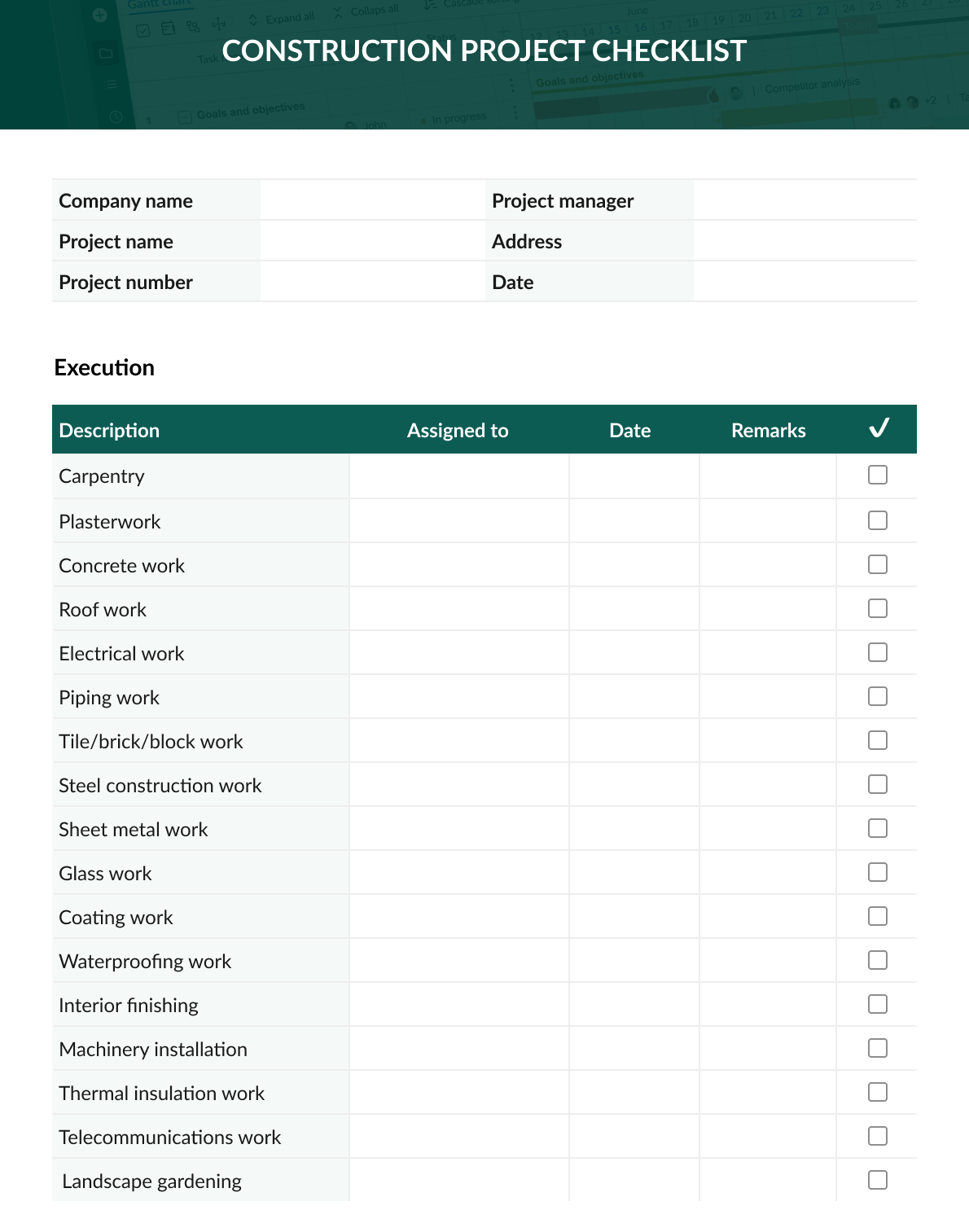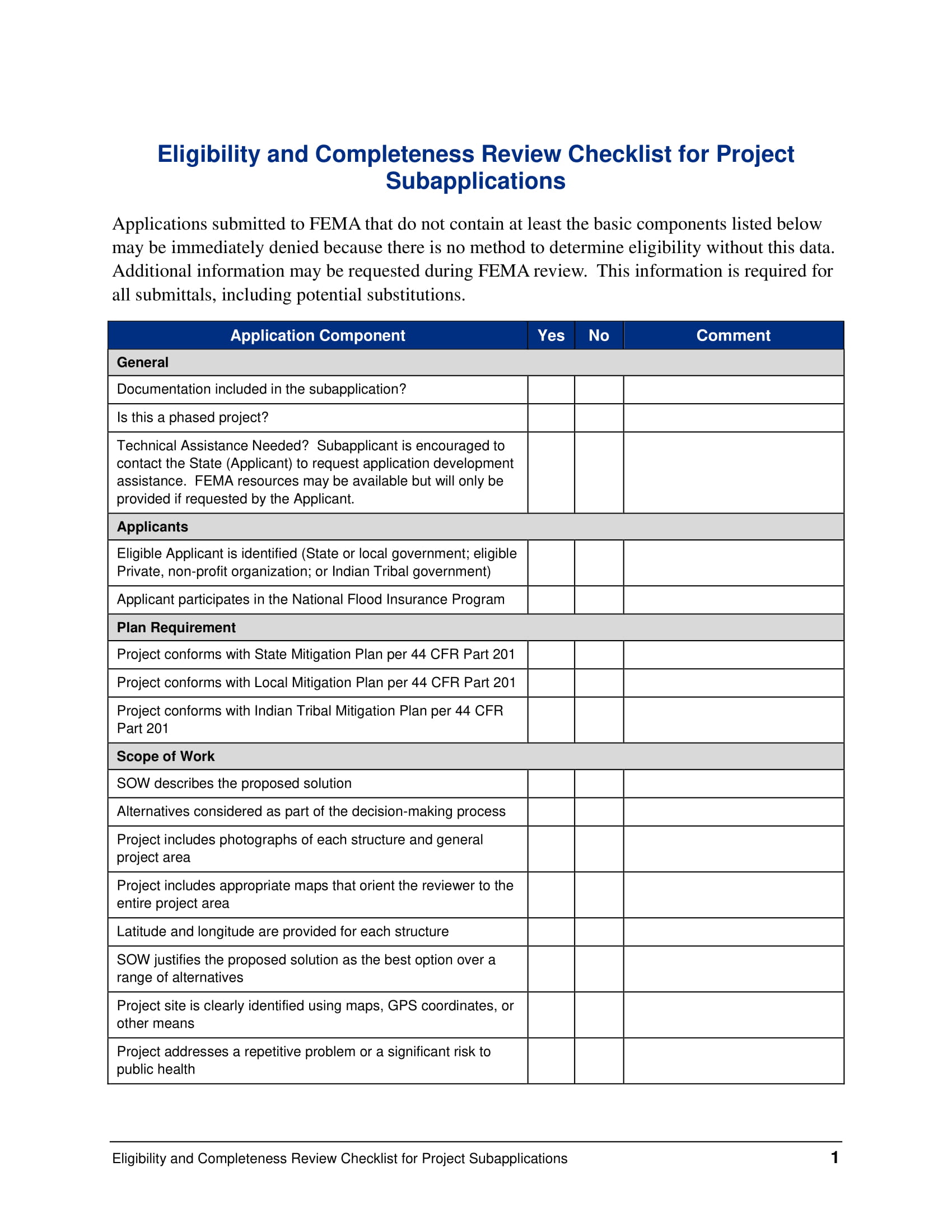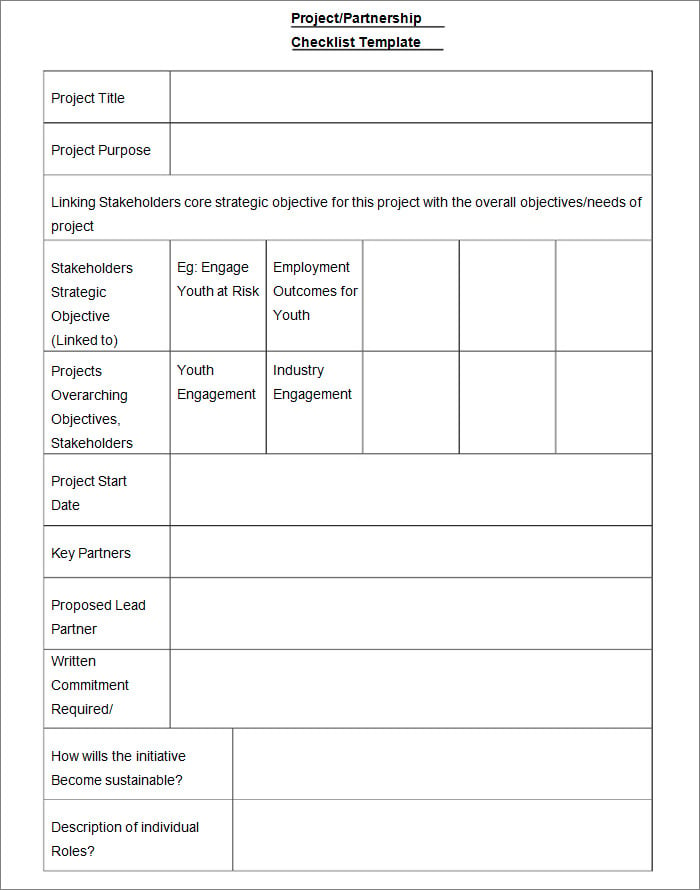A project completion checklist is a structured tool that helps ensure all necessary tasks and steps are completed before formally closing a project. It acts as a final quality check to avoid overlooking any critical details.
This checklist guarantees that all deliverables are finalized, documentation is accurate, and all aspects of the project are properly addressed before handing it over to stakeholders.

Why is a Project Completion Checklist Important?
A project completion checklist is essential for several reasons:
- Quality Assurance: It helps ensure that all deliverables and documentation meet the required standards and quality.
- Prevents Overlooking Tasks: By having a checklist, you can systematically go through each task and ensure nothing is missed or forgotten.
- Smooth Handover: A checklist ensures that all aspects of the project are properly addressed before handing it over to stakeholders, minimizing the risk of confusion or delays.
- Documentation and Accountability: The checklist serves as evidence that all necessary steps have been taken, providing documentation and accountability for the project closure process.
- Continuous Improvement: By using a checklist, you can identify areas for improvement in future projects and update the checklist accordingly.
How to Use a Project Completion Checklist
Using a project completion checklist is simple. Here’s a step-by-step guide:
- Define the Checklist: Determine the specific tasks and steps that need to be completed before closing the project. This can include finalizing deliverables, reviewing documentation, and addressing any outstanding issues.
- Create the Checklist: Use a template or create a checklist from scratch. Make sure the checklist is easy to read and follow, with clear instructions for each task.
- Review the Checklist: Before using the checklist, review it carefully to ensure it includes all necessary tasks and steps. Make any necessary revisions or additions.
- Execute the Checklist: Follow the checklist systematically, checking off each task as it is completed. Pay attention to details and ensure accuracy at each step.
- Document the Completion: Keep a record of the checklist and mark it as completed once all tasks are checked off. This serves as evidence of the project closure process.
Examples




Tips for Successful Project Closure
Follow these tips to ensure a successful project closure:
- Start early: Begin planning for project closure well in advance to avoid last-minute rush.
- Involve stakeholders: Keep stakeholders informed and involved throughout the project closure process.
- Communicate effectively: Communicate the project closure plans, expectations, and timelines to all team members and stakeholders.
- Delegate tasks: Assign specific tasks to team members responsible for project closure to ensure accountability.
- Document everything: Keep thorough documentation of all project closure activities, including any issues or challenges encountered.
- Learn from mistakes: Use the project closure process to identify areas for improvement and implement changes in future projects.
- Celebrate achievements: Take the time to acknowledge and celebrate the successful completion of the project with the project team.
- Conduct a post-project review: Reflect on the project as a whole and gather feedback from team members to identify strengths and areas for improvement.
Conclusion
A project completion checklist is a valuable tool for ensuring the successful closure of a project. By systematically going through each task and step, you can guarantee that all necessary deliverables are finalized, documentation is accurate, and all aspects of the project are properly addressed.
Remember to involve stakeholders, communicate effectively, and learn from the project closure process to continuously improve in future projects. With the help of a checklist, you can confidently hand over the project to stakeholders, knowing that all critical details have been addressed and finalized.
Project Completion Checklist Template – Download